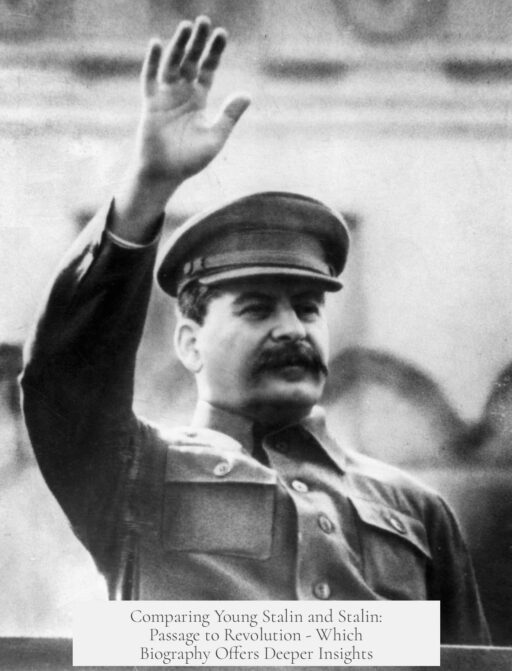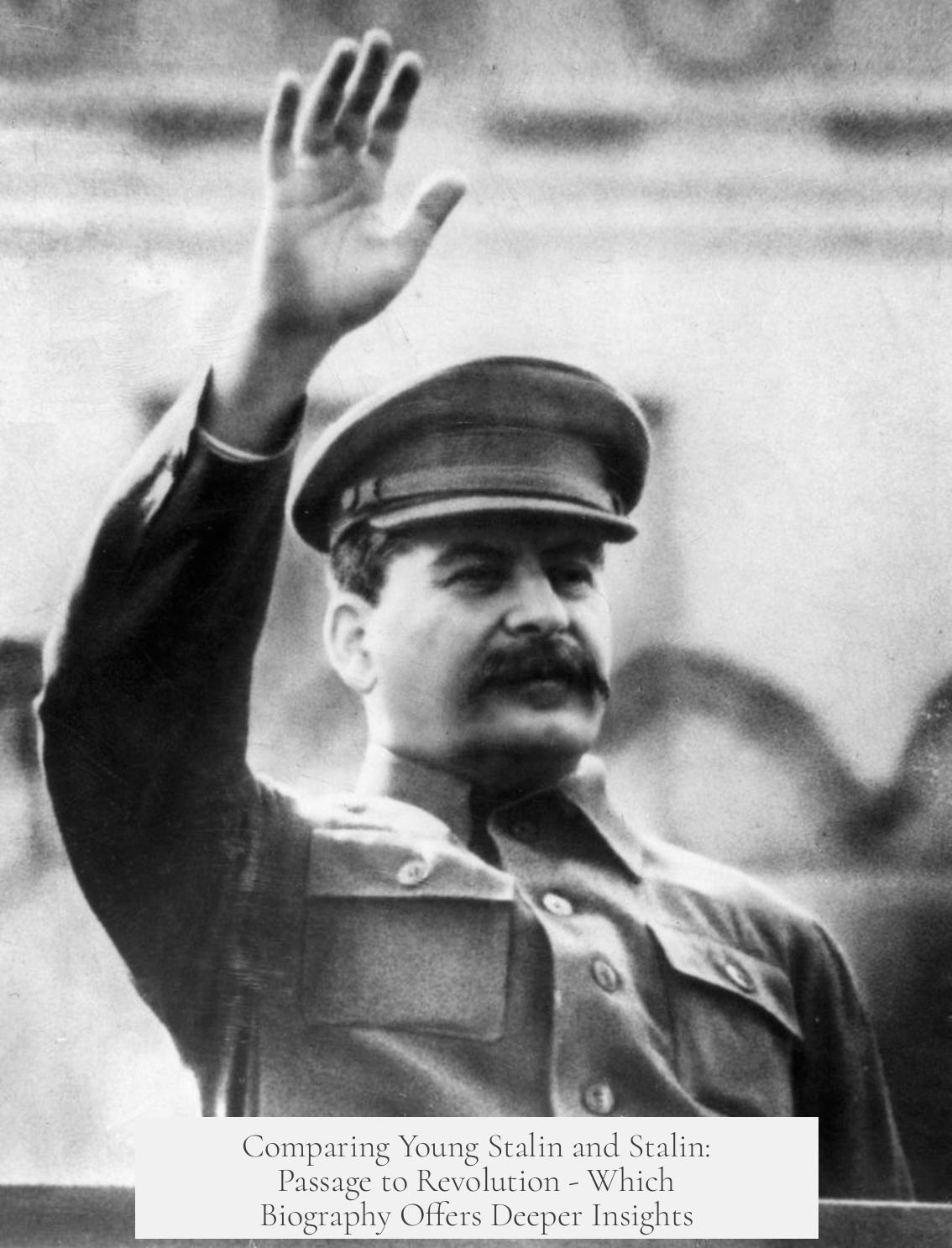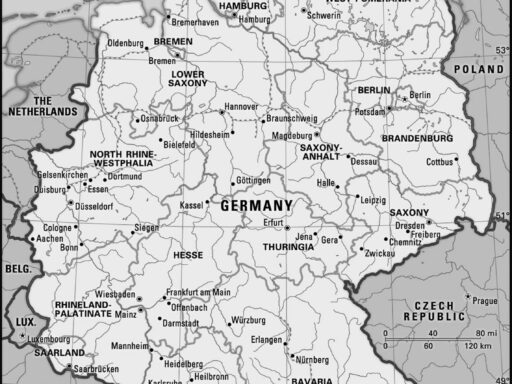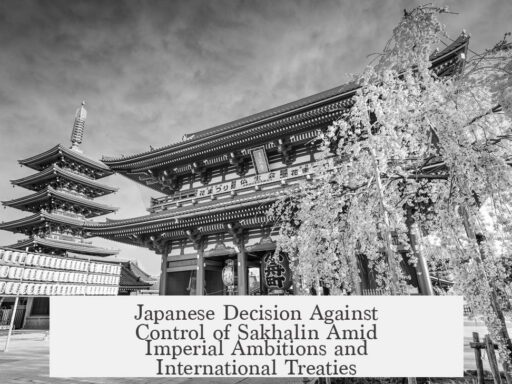Young Stalin by Simon Sebag Montefiore and Stalin: Passage to Revolution by Ronald Grigor Suny provide distinct yet complementary views on Joseph Stalin’s early years. Both books focus on Stalin’s formative period but differ markedly in approach, style, and historical perspective.
Montefiore’s Young Stalin offers a detailed, narrative-driven biography. It draws from newly opened archival sources to explore Stalin’s personal development from his childhood through the revolutionary period. Montefiore emphasizes vivid storytelling with rich character portrayals, giving readers a close look at Stalin’s environment, motivations, and psychological makeup. The book appeals to readers seeking a readable, immersive biography with dramatic elements.
In contrast, Ronald Grigor Suny’s Stalin: Passage to Revolution adopts a scholarly and analytical style. Suny situates Stalin within broader political and social contexts of the Russian Empire and early Soviet Union. The book uses rigorous academic methods, emphasizing Stalin’s role in revolutionary movements, ideological shifts, and power consolidation. Suny’s work prioritizes interpretation grounded in Marxist historiography and political theory. It suits readers interested in a critical, contextualized study of Stalin’s rise.
Reception in academic and popular history communities often reflects these distinctions. Readers on forums like AskHistorians recognize both books as essential but note their different uses:
- Young Stalin is praised for its narrative depth and detailed biographical approach.
- Passage to Revolution is valued for its analytical rigor and political context.
Neither text is universally regarded as definitive alone; instead, they complement each other. Montefiore’s book fills in personal and anecdotal details, while Suny’s work frames Stalin’s transformation within revolutionary theory and strategy.
Both authors rely on primary sources, but Montefiore often emphasizes archival documents and memoirs that paint a personal angle. Suny engages deeply with party records and historiographical debates, offering a broader explanatory framework.
Key takeaways:
- Young Stalin provides a vivid, biographical narrative focusing on personality and early life.
- Passage to Revolution offers a political and historical analysis of Stalin’s revolutionary ascendancy.
- The books serve different audiences: Montefiore’s caters to narrative history readers; Suny’s appeals to academic and theoretical scholars.
- Both are respected in historiographical discussions and provide a fuller picture when read together.
Young Stalin by Simon Sebag Montefiore VS Stalin: Passage to Revolution by Ronald Grigor Sunny – Which Stalin Biography Packs a Punch?
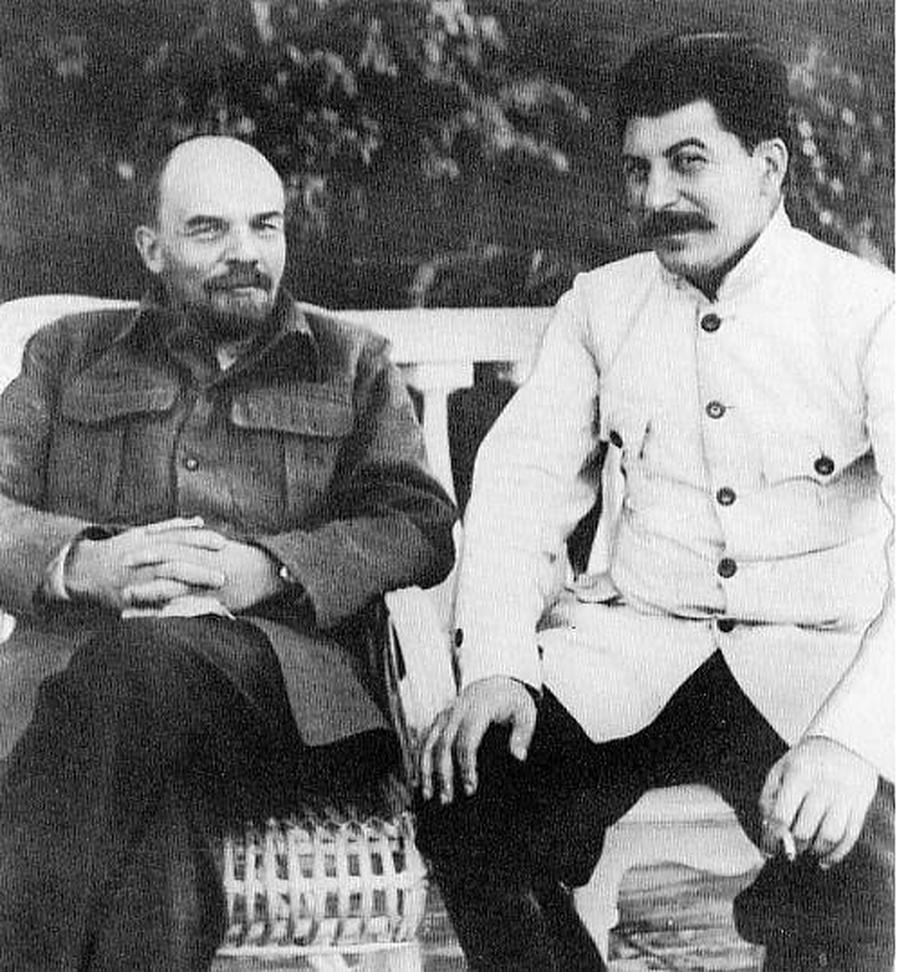
When it comes to exploring the turbulent early years of Joseph Stalin, readers often find themselves caught between Simon Sebag Montefiore’s “Young Stalin” and Ronald Grigor Suny’s “Stalin: Passage to Revolution”. Each book digs into the rise of one of history’s most controversial figures with unique angles and writing styles. So, which book deserves a spot on your reading list? Let’s unpack this debate with a spirited, fact-rich dive.
The Quick Answer: Both books illuminate Stalin’s youth and formative years but come at it from different scholarly and narrative perspectives.
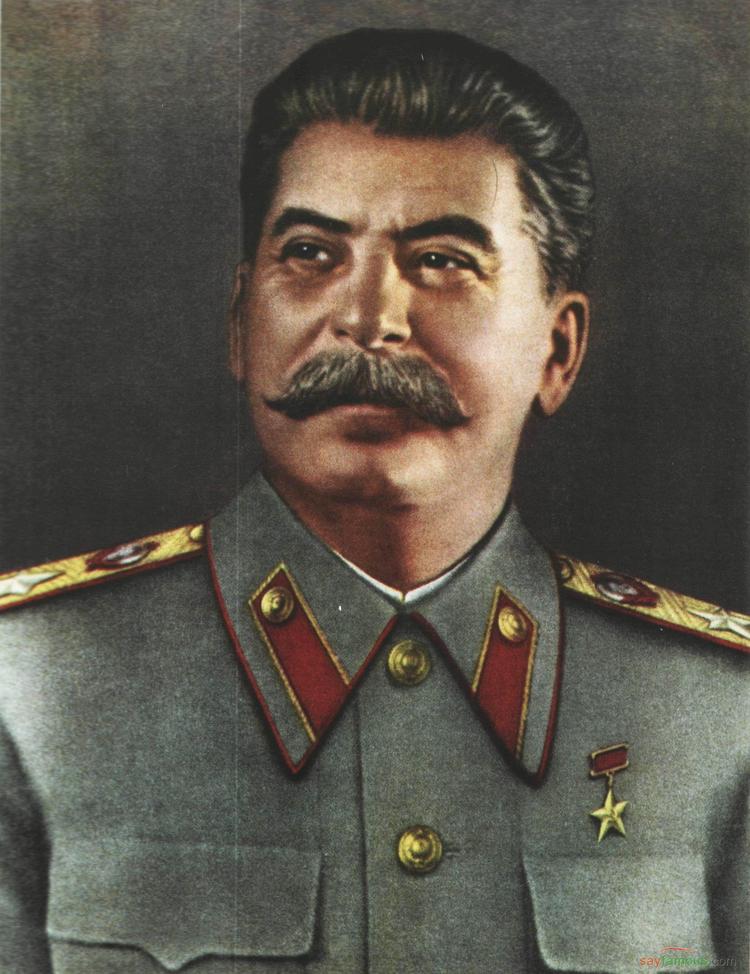
Montefiore delivers a vivid, almost novelistic portrait of Stalin’s early life, while Suny adopts a more academic and context-heavy approach to Stalin’s pivotal revolutionary passage. Both are well-regarded yet serve slightly different reader cravings.
Now that we’ve set the stage, buckle up as we detail their contrasts, strengths, and how the AskHistorians community tips the scale.
Meet the Books: What They Offer and How They Differ
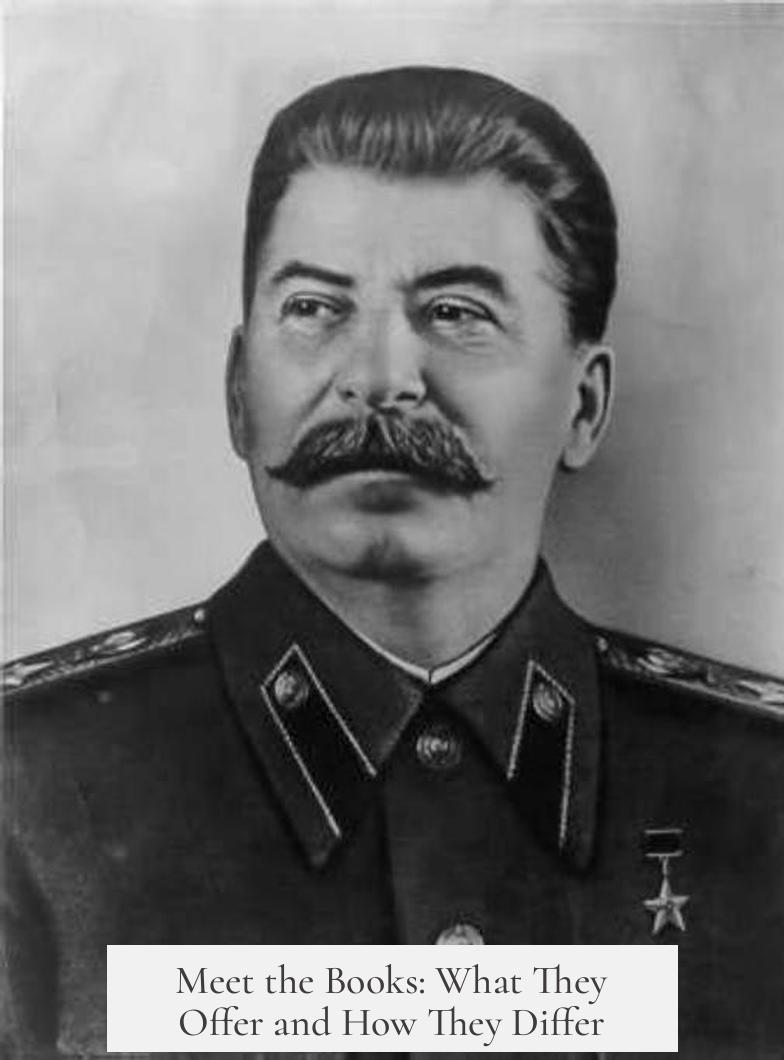
Simon Sebag Montefiore’s Young Stalin is like a historical thriller. It focuses on Stalin’s life from 1878 to roughly 1918, delving into his childhood in Georgia, his early revolutionary activities, and the personal demons that fueled his ambition. Montefiore’s style is accessible, dramatic, and often paints Stalin as a complex, sometimes contradictory figure — a ruthless revolutionary with a knack for survival and secrecy.
In contrast, Ronald Grigor Suny’s Stalin: Passage to Revolution offers a tightly knit scholarly study focusing on Stalin between his adolescence and his decisive role in the 1917 revolution. Suny uses deep archival research to situate Stalin amid the broader Georgian and Russian revolutionary landscapes. This book prides itself on rigorous analysis rather than storytelling flair.
You could say Montefiore’s book is the engaging biography you binge-read late at night, while Suny’s is the reference text you keep on your desk.
AskHistorians Community Weighs In
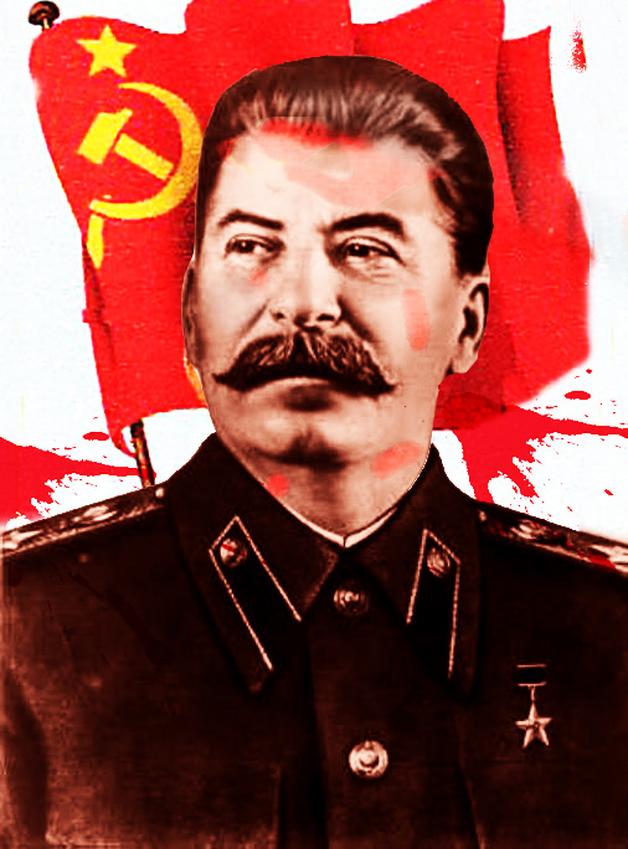
The Reddit AskHistorians group, known for its detailed and well-moderated discussions, often lists both books among recommended readings on Stalin. For instance, /u/Kochevnik81 and /u/EngineerOfHistory have dropped these titles in threads where users ask for well-rounded insight into Stalin’s early period. However, no direct textual comparison or heated debate pits one against the other in those communities.
This absence of explicit comparison suggests something important: both books serve complementary roles. Readers seeking an engrossing narrative might favor Montefiore, while those wanting a rich analytical grounding lean towards Suny.
Why Does This Matter? The Real Reader Benefits
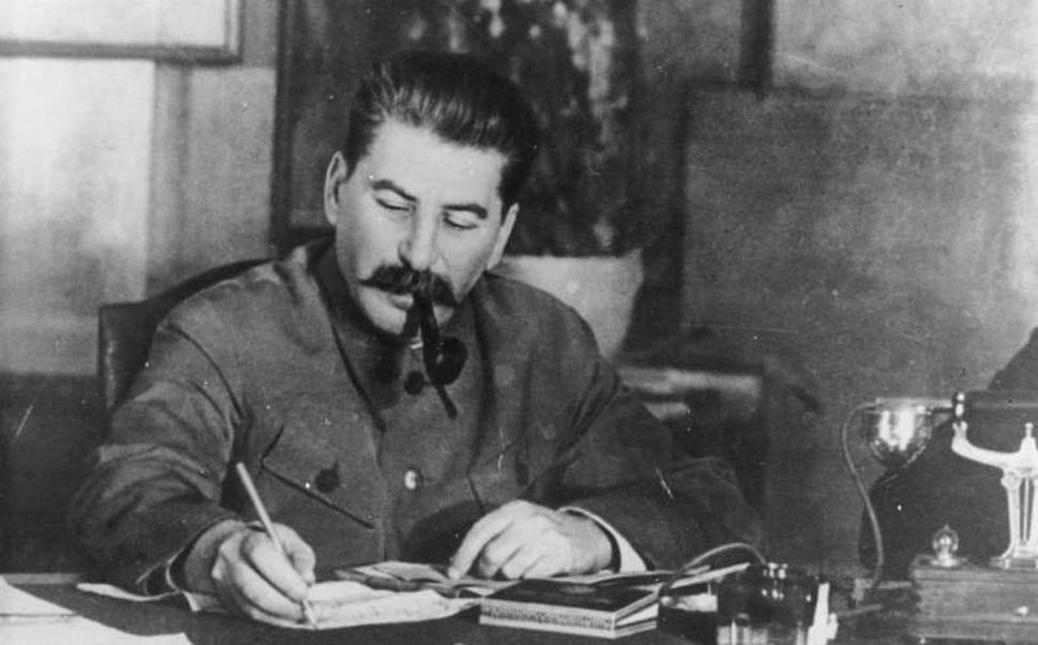
- For Casual Historians and Stalin Curious: Montefiore’s Young Stalin brings a captivating window into the man behind the terror. His portraits of Stalin’s personality, motivations, and the Georgian backdrop are vivid and accessible. It’s great for readers who want a human story without wading through heavy academic prose.
- For Scholars and Deep Dives: Suny’s text is meticulous and grounded in archival detail. It’s ideal for readers who want to understand how Stalin’s identity was forged amid the chaos of revolution and national movements. It also dismantles simplistic narratives of Stalin’s rise with scholarly precision.
- Both Books Together: There’s no rule limiting you to one. Using Montefiore’s narrative alongside Suny’s analysis can give you a balanced, richly layered understanding of one of the 20th century’s most enigmatic figures.
Practical Tips for Choosing Your Stalin Read
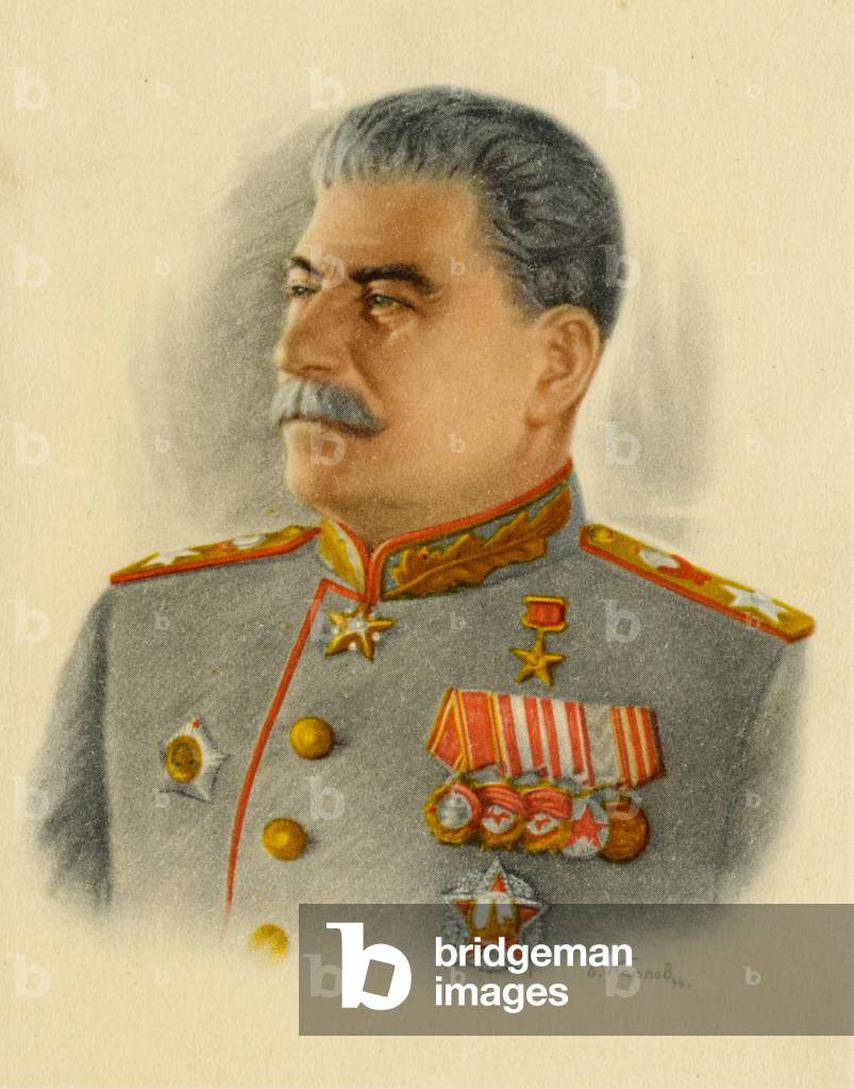
Before you dive in, ask yourself: How much time and effort are you ready to invest? Montefiore’s style means you’ll probably finish faster, feeling like you lived through early 20th-century revolutionary Russia. Suny demands more patience but rewards with deep insights.
If you’re aiming for a paper or a lecture, Suny will provide citations and critical depth to sound like a pro. If you want to impress friends at trivia night with stories about Stalin’s childhood antics, Montefiore’s your go-to.
What’s Missing in the Public Discussion?
Interestingly, available discussions—especially those found on Reddit’s AskHistorians—lack direct comparisons between the two. This means readers often glean opinions piecemeal and depend on external reviews. So, a thoughtful reader might do well to read both and form their own nuanced perspective.
It also highlights a wider issue in Stalin studies: the tendency to pigeonhole Stalin strictly as the ruthless dictator he became, without appreciating the complexity of his early development. Both Montefiore and Suny anticipate this and encourage a more textured view.
Wrapping It Up: Your Stalin Reading Starter Pack
Young Stalin by Simon Sebag Montefiore gives you gripping stories, dramatic turns, and a peek into the psychological furnace that forged Stalin’s revolutionary fire. It’s vibrant history laced with human details.
Stalin: Passage to Revolution by Ronald Grigor Suny offers scholarly depth with meticulous detail, broad political contexts, and thoughtful analysis. Perfect for readers wanting to *understand* rather than just *know*.
Both have earned nods from historians and readers, including those in specialized communities like AskHistorians, attesting to their quality and relevance.
So which to pick? Why not both? Start with Montefiore for the thrilling backstory, then deepen your understanding with Suny’s rigorous examination.
Got questions about Stalin’s rise or need book recommendations? The history community awaits your queries, and your Stalin knowledge will thank you.
